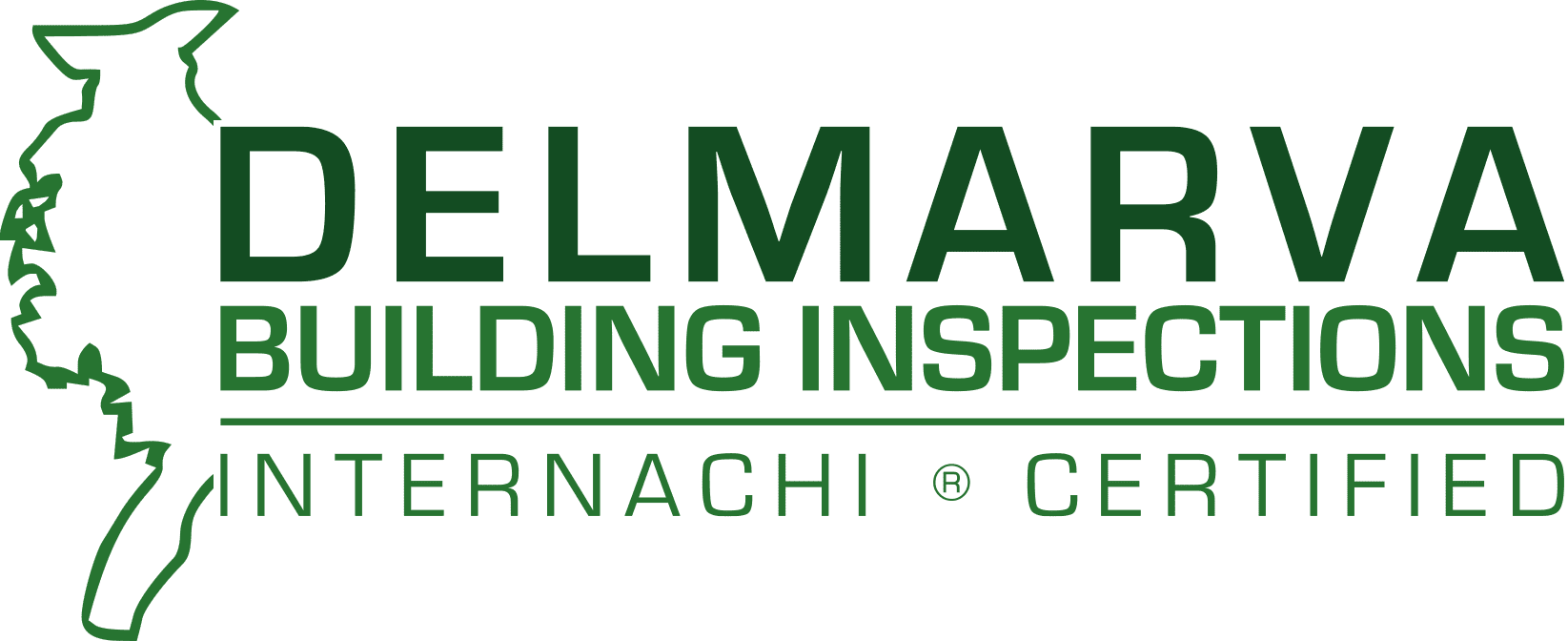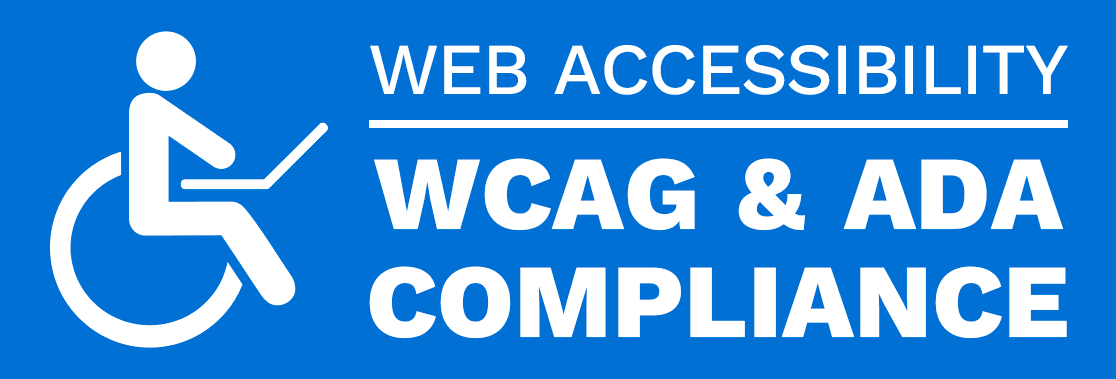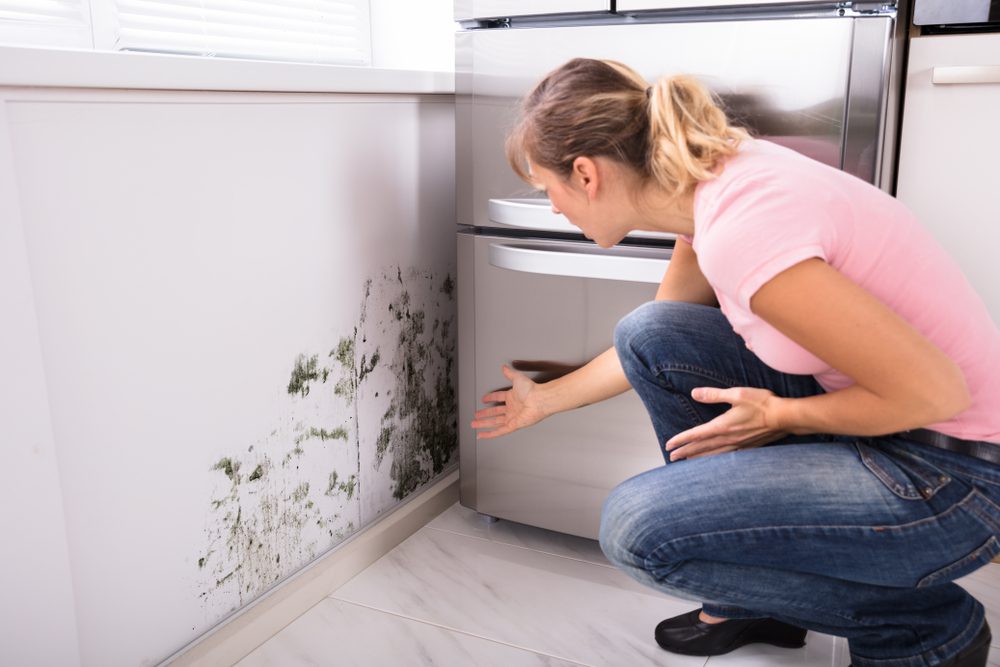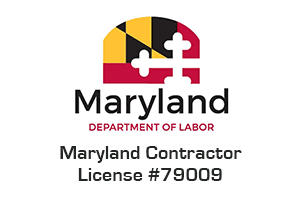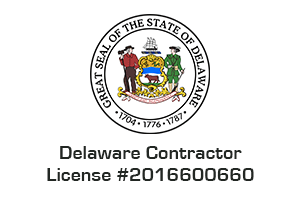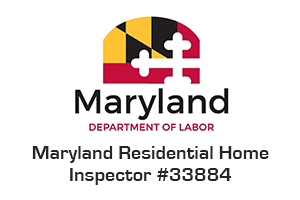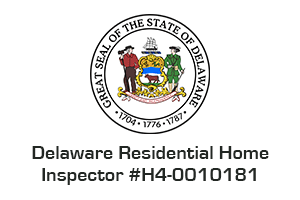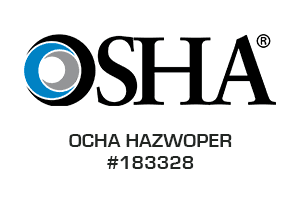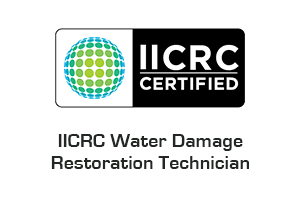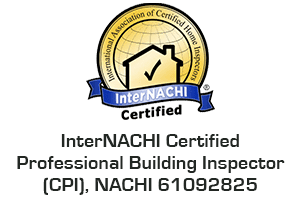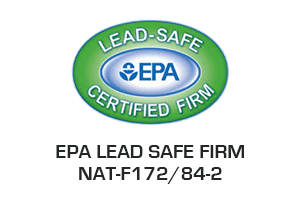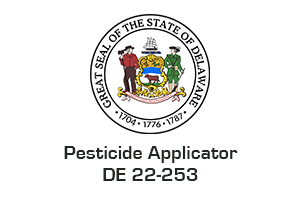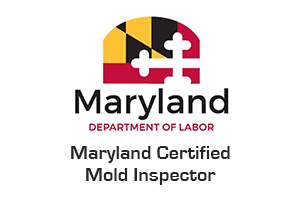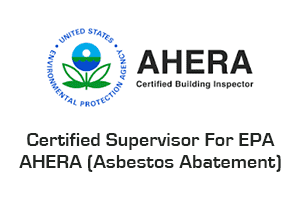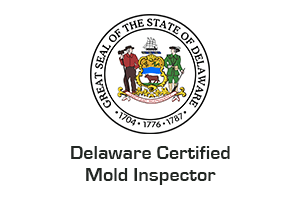The Stuff of Nightmares: Living with Mold
Living with mold can be a nightmare for many individuals and families. Mold, a fungi, grows in damp or humid environments and can be found in homes, workplaces, and other indoor spaces. Mold spores are often unseen to the naked eye, and they can travel through the air and be inhaled by humans and animals, causing various health problems.
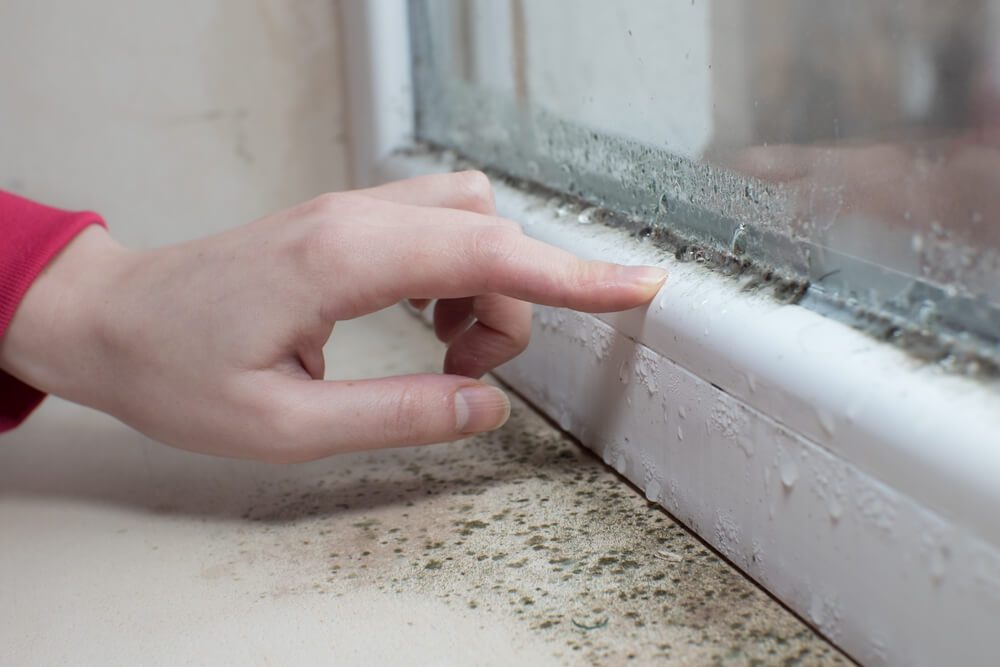
Navigating the Mold Spectrum: Common Household Molds
Penicillium Mold: Penicillium molds receive widespread recognition for playing a positive role in medicine, especially in producing the antibiotic penicillin. However, some species of Penicillium can also be found indoors, often causing food spoilage and contamination of building materials. They typically appear as blue or green colonies and are known for their rapid growth. While most Penicillium species are harmless, a few can produce mycotoxins and trigger allergic reactions in sensitive individuals.
Cladosporium Mold: Cladosporium is a common outdoor mold that can also infiltrate indoor environments. It appears as dark green or brown spots on various surfaces. While it is generally less toxic than some molds, exposure to Cladosporium spores can lead to allergic reactions and respiratory problems. This mold thrives in damp and humid conditions and is often found on decaying plant material and in poorly ventilated areas. Proper moisture control and ventilation prevent Cladosporium growth in homes and buildings.
Understanding Mold Exposure’s Causes
Certain types of mold can trigger allergies, resulting in symptoms like nasal congestion, watery eyes, and frequent sneezing. Mold can also exacerbate asthma in those already affected. For individuals with weakened immune systems, some molds can be genuinely harmful, potentially causing severe health issues. Toxic mold is the most concerning, capable of causing skin conditions and more severe complications.
The Effects of Mold Exposure
Mold Exposure Can Lead to a Range of Adverse Effects, Including:
Respiratory Problems:
.When inhaled, mold spores can irritate the respiratory system, resulting in symptoms. Prolonged exposure may exacerbate asthma and lead to bronchitis or other respiratory issues.
Allergic Reactions:
Mold exposure can trigger allergic responses, including nasal congestion, itchy or watery eyes, skin rashes, and sinus congestion. Individuals with mold allergies may experience intensified symptoms when exposed to mold.
Mycotoxin Poisoning:
Some molds produce mycotoxins, toxic substances that can have severe health effects if ingested or inhaled.
Skin Irritation:
Contact with mold or its spores may result in skin irritation and rashes, particularly for persons with sensitive skin or preexisting skin conditions.
Headaches and Fatigue:
Mold exposure may lead to headaches, dizziness, and chronic fatigue. These effects can be particularly troublesome when mold growth is widespread indoors.
Mapping Mold Movements: Sources and Entryways
Fungi commonly thrive in warm, damp environments and can quickly enter a space through windows, doors, or ventilation systems. Molds can also enter a building from the surrounding environment as they are carried through the air or attached to clothing or other materials. Once inside, molds can grow and spread rapidly on walls, floors, and ceilings. Factors such as high humidity, inadequate ventilation, and water damage can significantly increase the likelihood of mold growth. Materials like wood, drywall, and carpeting can also create an optimal environment for mold growth. Proper maintenance and regular inspections of buildings can mitigate the risk of mold growth and ensure a safe and healthy environment for occupants.
Need A home Inspection? Delmarva Inspections Group Has You Covered!
Identifying Common Mold-Prone Areas
Mold is commonly found in bathrooms due to the combination of moist conditions and lack of ventilation, making them a breeding ground for mold. Mold frequently appears on shower curtains, grout, and tile, while leaks or drips from toilets and sinks can contribute to mold growth.
Mold frequently occurs in basements, often damp and poorly ventilated, creating the ideal environment for mold growth. Mold can exist on walls, floors, and ceilings, as well as on items stored in the basement. Kitchens are also a common area where mold can grow. Food left out for extended periods can contribute to mold growth, especially in humid climates. Additionally, dishwashers and refrigerators can harbor mold if not properly cleaned and maintained.
Closets and other storage spaces can also be prone to mold growth. Items stored in damp or poorly ventilated areas may attract mold, primarily if not used frequently. Lastly, HVAC systems can also serve as a breeding ground for the proliferation of mold. Damp air ducts can create the ideal environment for mold, which can then spread throughout a building.
Mold-Free Living: Strategies for Preventing Home Mold Growth
Taking specific measures can help prevent mold, a common problem in many homes. Firstly, it is vital to maintain good air circulation throughout your home. Achieving this can be done by opening windows and doors whenever possible, using an exhaust fan in the bathroom, and regularly cleaning and maintaining air ducts. This act will help to reduce the humidity levels in your home, which is a key factor in the growth of mold.
Secondly, it is important to keep your home clean and dry. This strategy means cleaning up spills and leaks as soon as they occur and regularly cleaning and disinfecting surfaces and areas prone to mold growth, such as bathrooms and kitchens. It is also important to periodically wash fabrics such as curtains, blankets, and clothing to prevent mold growth.
Another crucial step in preventing mold growth is to reduce clutter in your home. Chaos can control good airflow and trap humidity, which can lead to the development of mold. By keeping your home clutter-free, you can help to reduce the risk of mold.
Finally, it is essential to inspect your home for signs of mold regularly. This act includes checking for leaks and water damage, as well as checking for any musty or moldy odors. If you notice any signs of mold, it is serious to address the issue immediately to prevent further growth and damage.
Worried About Lead Paint in Your Home? We’re The Experts!
Getting Rid of Mold: Proper Removal Steps for Homeowners
Properly removing mold from your home is essential for your health and the integrity of your property. Here are the steps to follow for effective mold removal:
Safety Precautions:
- Wear protective equipment (PPE), including gloves, a mask, and safety goggles.
- Ensure proper ventilation in the affected area to minimize exposure to mold spores.
- Keep children, pets, and individuals with respiratory conditions away from the mold-affected area.
Identify the Affected Areas:
- Carefully inspect your home to identify all areas with visible mold. This task may include walls, ceilings, floors, and hidden spaces.
Fix the Moisture Problem:
- Identify the source of moisture that led to it. Repair leaks, improve ventilation, or reduce humidity to prevent future mold issues.
Isolate the Area:
- Seal off the affected area from the rest of the house using plastic sheeting and tape. This step helps prevent the spread of mold spores.
Mold Removal:
- Based on the severity of the mold contamination, individuals can either personally address localized, minor areas or engage the services of a specialist for comprehensive eradication.
Dispose of Materials:
- To avoid additional contamination, it is necessary to properly discard infected materials such as drywall, insulation, or carpeting by sealing them in bags. Follow local regulations for contaminated material disposal.
HEPA Vacuuming:
- Utilize a vacuum cleaner equipped with a HEPA filter to cleanse surfaces, floors, and carpets after mold elimination to capture any lingering spores.
Preventative Measures:
- Apply a mold-resistant primer or paint to treated surfaces to inhibit future growth.
- Fix any structural issues that contribute to moisture problems in your home.
Regular Maintenance:
- Implement regular inspections and maintenance to ensure that it does not return. Check for leaks, maintain proper ventilation, and keep humidity levels in check.
Professional Assessment:
- In case of extensive mold infestations, it’s advisable to have your home inspected by a professional remediation specialist to ensure complete removal and remediation.
Preventative Education:
- Educate yourself and your family about prevention to minimize the risk of future infestations.
Remember that mold removal can be complex and potentially hazardous, particularly for extensive infestations or toxic molds. When in doubt or if you have health concerns, it’s best to consult a certified remediation professional to ensure the safe and thorough removal of mold from your home.
Recognizing the Need for Professional Mold Assistance
When dealing with molds, it is important to know when to call a professional. If the mold growth covers an area larger than 10 square feet, is toxic, or is due to improperly addressed water damage, it is crucial to seek expert help rather than relying on DIY methods. Additionally, if you or anyone in your household experiences allergic reactions or respiratory problems, it is best to contact a professional as soon as possible. A reputable mold remediation company can not only safely remove it but also identify and address the root cause of the problem, ensuring that it will not return in the future.
